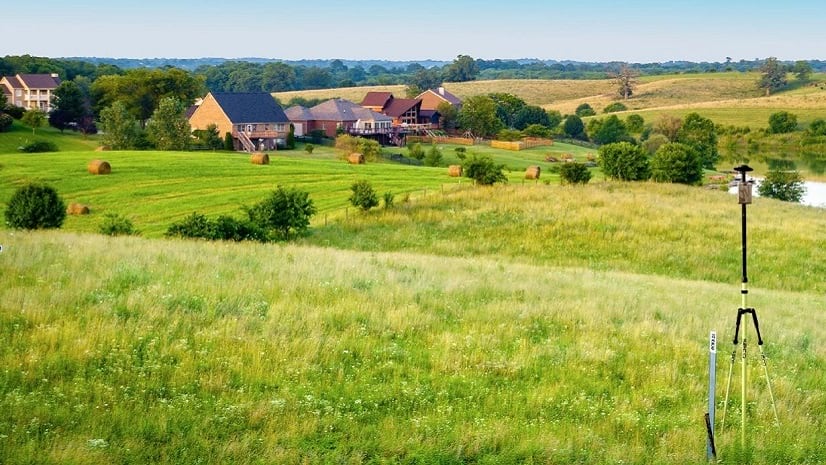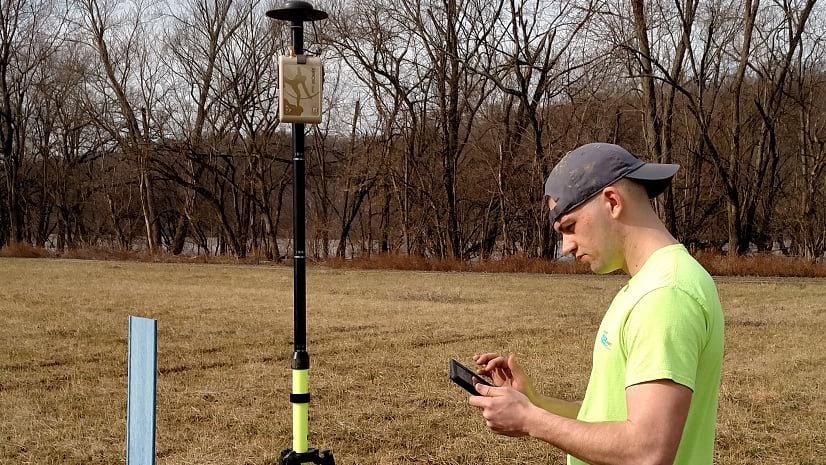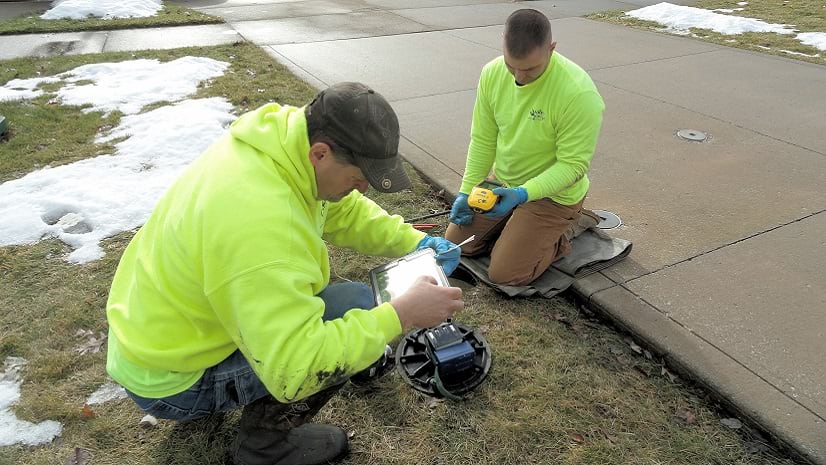You may think that this blog is going to focus on technology, but we need to know how to get started before we get to the tech.
The first step in your digital transformation is to take an honest look at your current workflows. What activities are still paper based or part of an old, labor intensive process? What information do you have, and what format is it in? What information do you need? Is there a specific workflow that needs to be more efficient to support a large project? Reviewing the status of information, what work needs to be completed, and how this work is being done will provide a strong foundation when beginning your digital transformation.
The second step is to identify a workflow that you want to start with. What is your biggest priority? Data collection? Hydrant flushing? Valve maintenance? Inspections? Evaluate each workflow and prioritize the importance of each one. Choose a single workflow to be your first step into digital transformation.
Your pilot project should not be a mission-critical workflow. It should be an important workflow that needs to be implemented or improved and can be measured for success. What I mean by measured for success is this: Will you be able to measure and report on the benefits of the digital transformation? Include all staff members that will be a part of the workflow. What is their role? What information do they need? What are the pain points that you want to eliminate? Keep in mind that taking a paper process and making it digital isn’t always the best way to go. Sometimes the process itself also needs to be changed as part of the digital transformation. This will be your chance to test the waters (pun intended 😊) and gain the experience and success needed to continue your transformation.
The third step is to do your homework. Dive into the Esri community: Esri Water Meetup, GeoNet, Twitter, and LinkedIn. Look for other utilities that have already started their digital transformation. What can you learn from them? What are their best practices? Get in touch with the Esri water team. We can help connect you to others in our community that can share their experiences with you. Take advantage of our strong community and avoid common mistakes.
Now that you have defined where you are and where you want to be, let’s talk about software. What software do you already have? Do you have ArcGIS? If not, don’t worry. Did you know that one desktop license of ArcGIS is enough to launch a pilot project? One desktop license entitles you to one ArcGIS Online account, which provides access to many of the applications that you will need. Explorer for ArcGIS takes your maps and data to the field and office. It provides 24-hour access to location and information. Plan and assign work with Workforce for ArcGIS. Mobile applications for field data collection, such as Collector for ArcGIS and Survey123 for ArcGIS, give your field crews the tools that they need to collect data in real time and share it with their colleagues in the office. Operations Dashboard for ArcGIS provides an overall view of work being completed, keeping supervisors and managers up-to-date on system status.
Digital transformation may sound like a big challenge, but you can take it one step at a time. I like to say take baby steps. It’s less scary. Each small step gets you closer to your goal.
Want some help getting started? Reach out to your account manager or complete the Talk to an Expert request form at the bottom of our GIS for Rural and Small Utilities web page. The Esri water team is a group of people that have worked in the water industry, and we are here to help.
Christa Campbell
Industry Specialist, Esri Global Water Practice




Commenting is not enabled for this article.